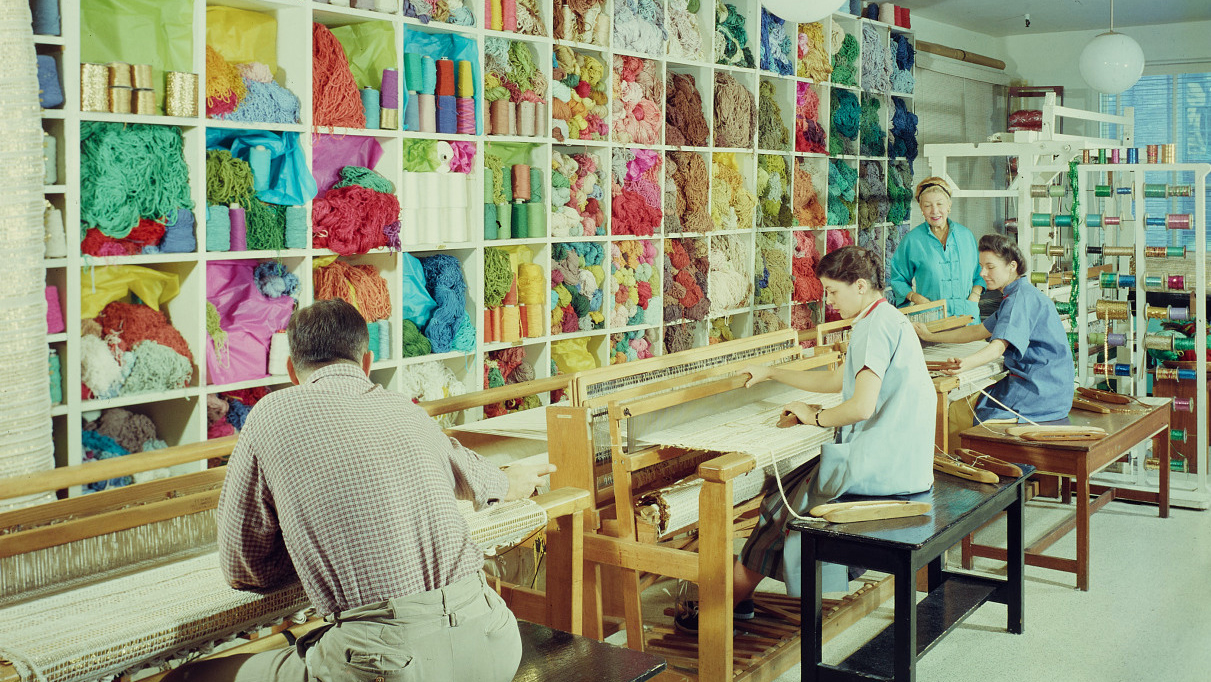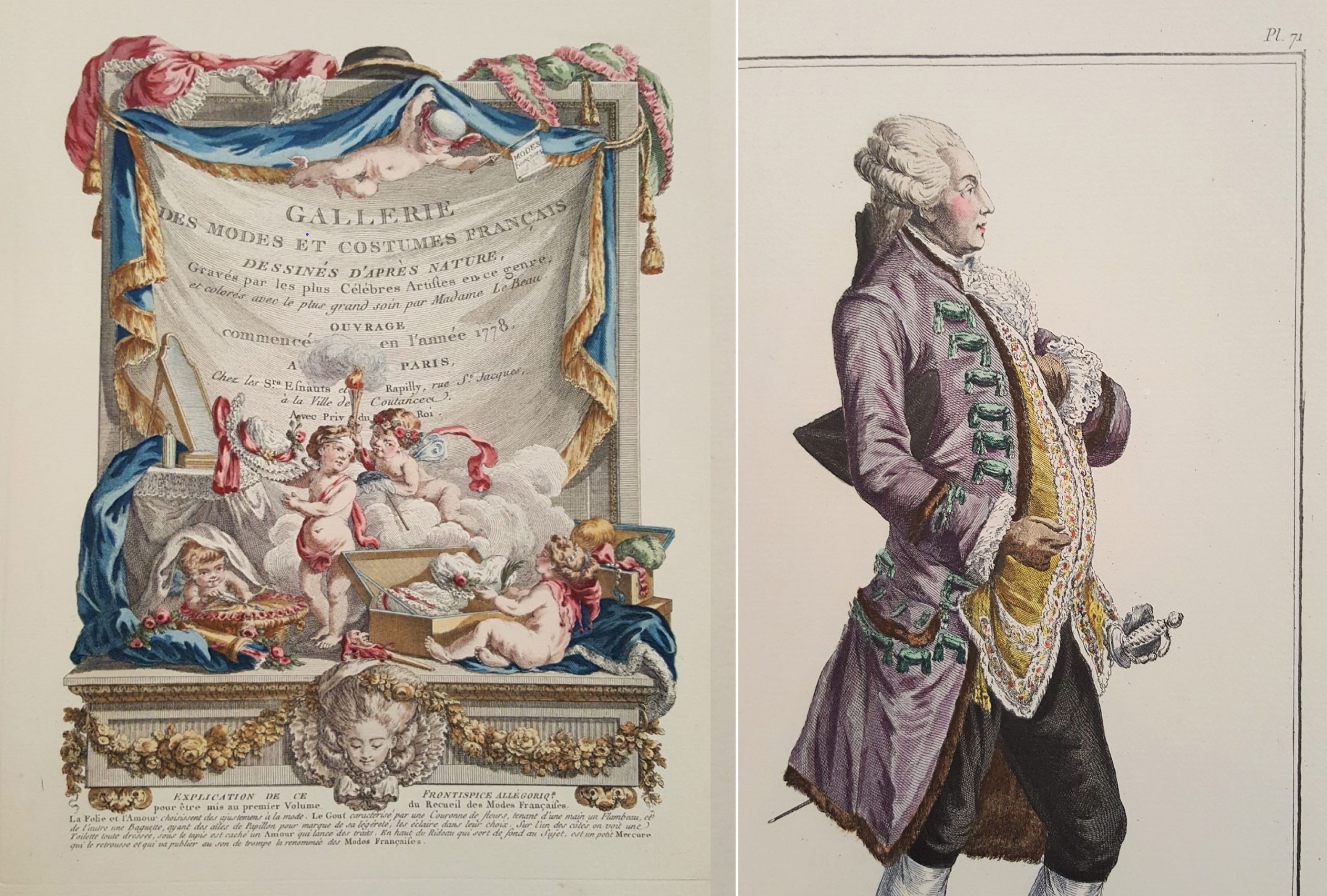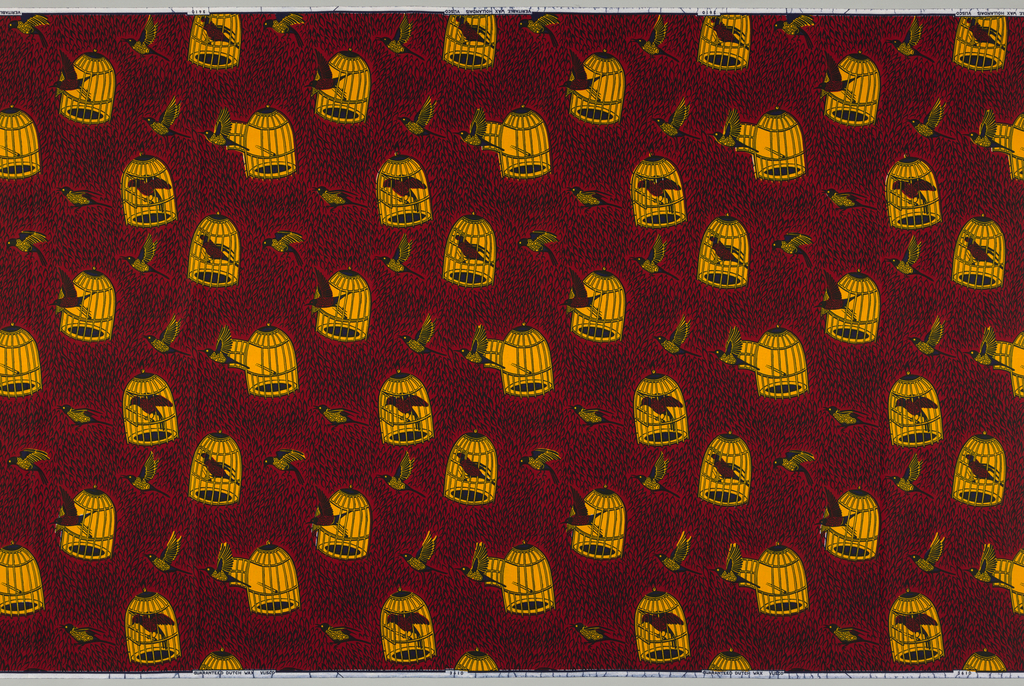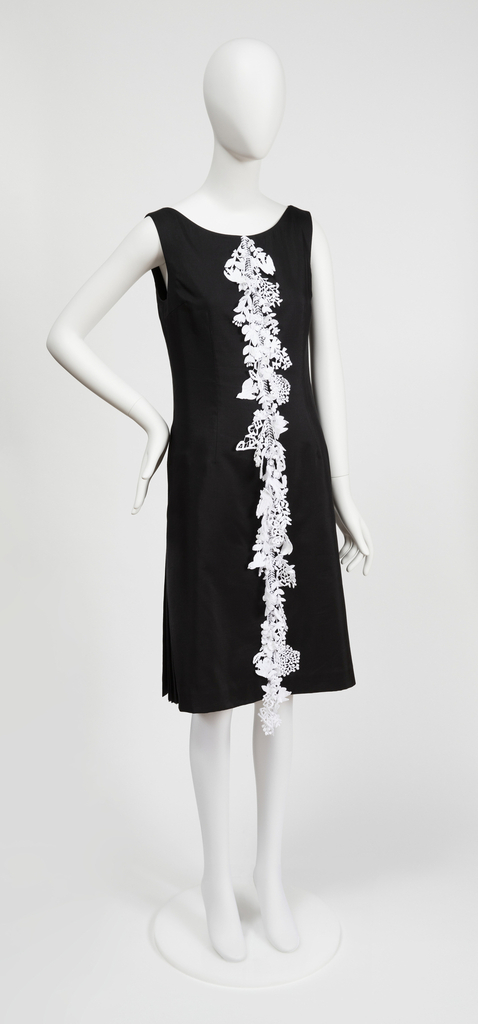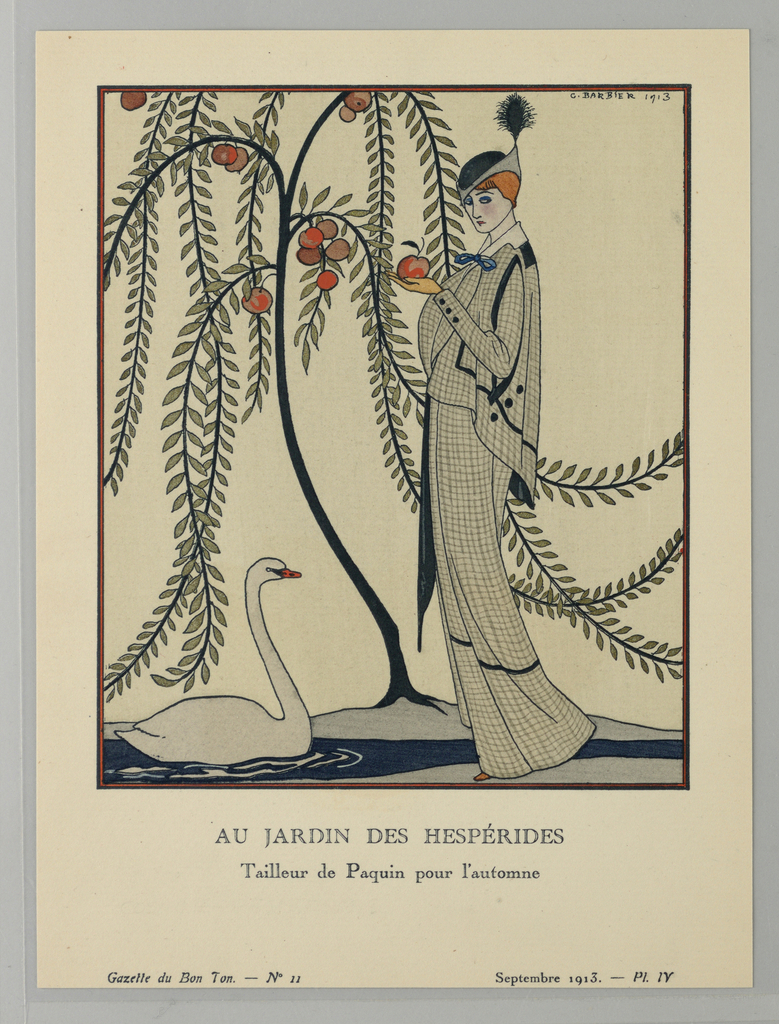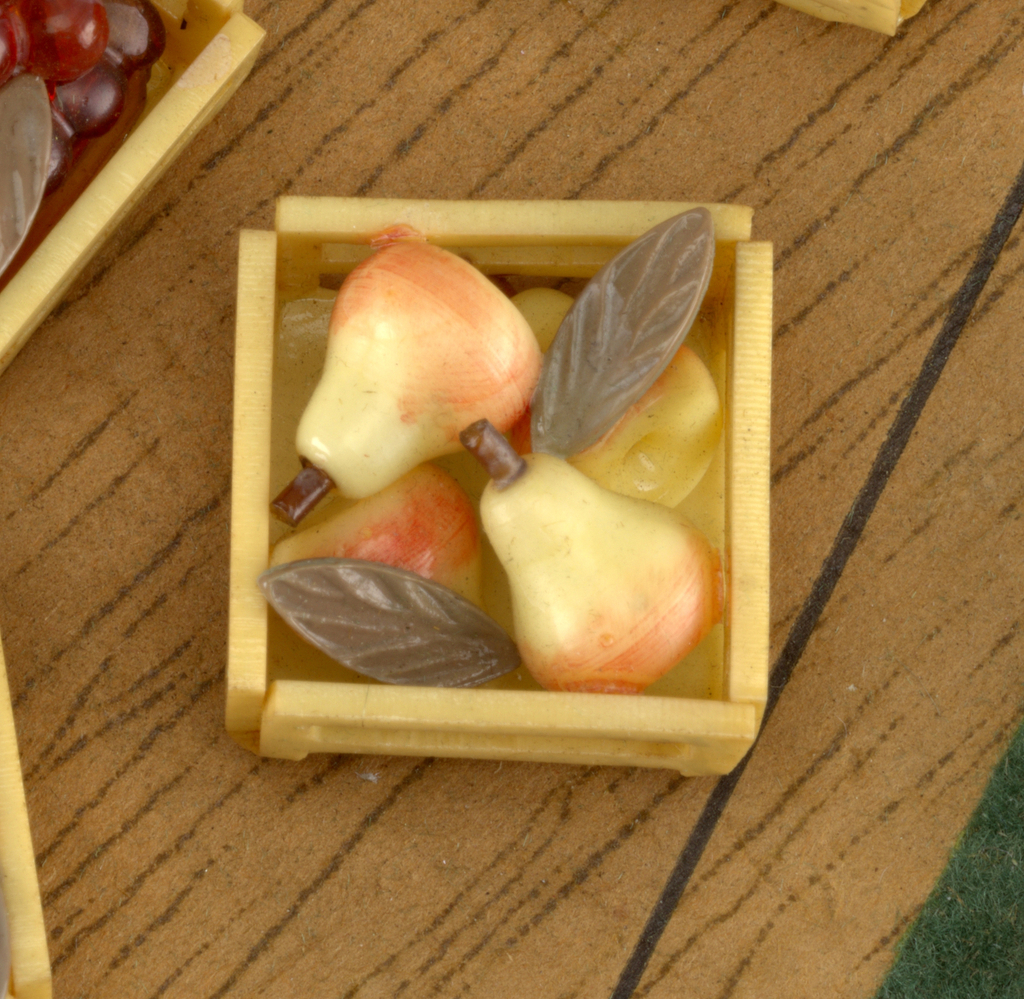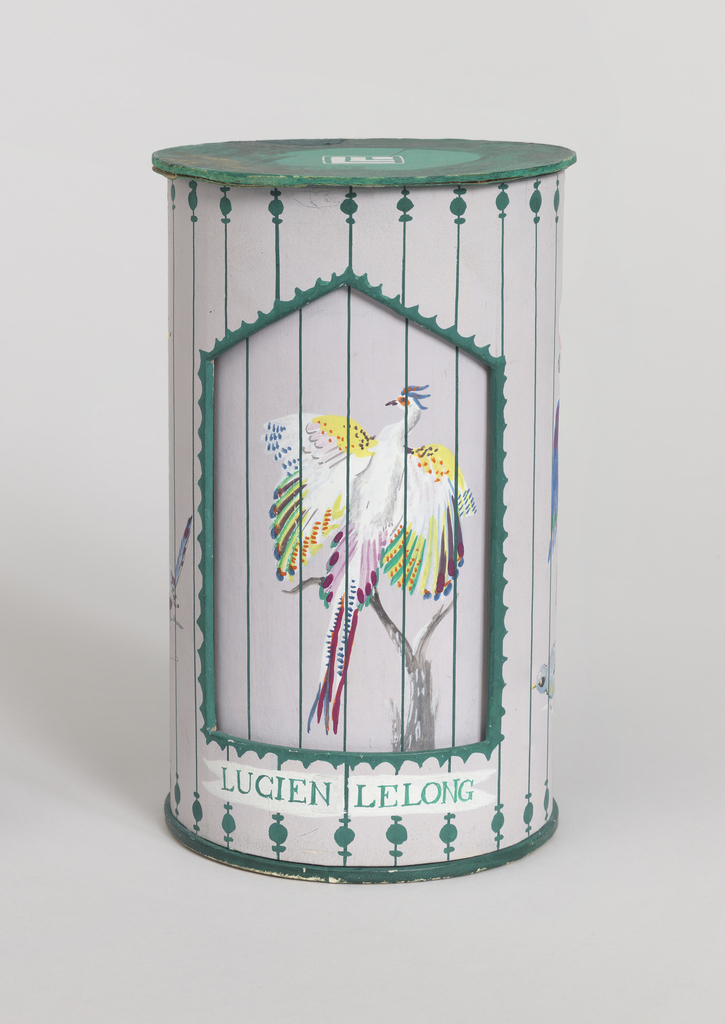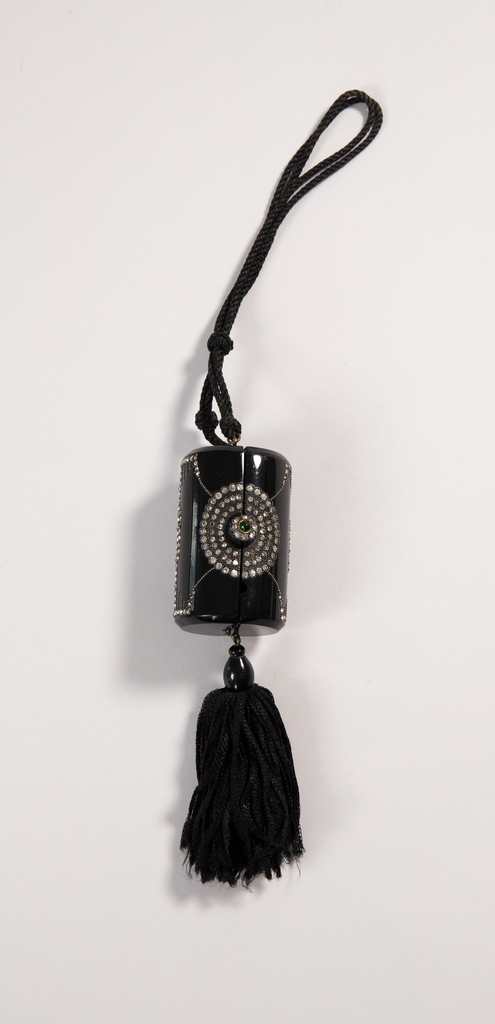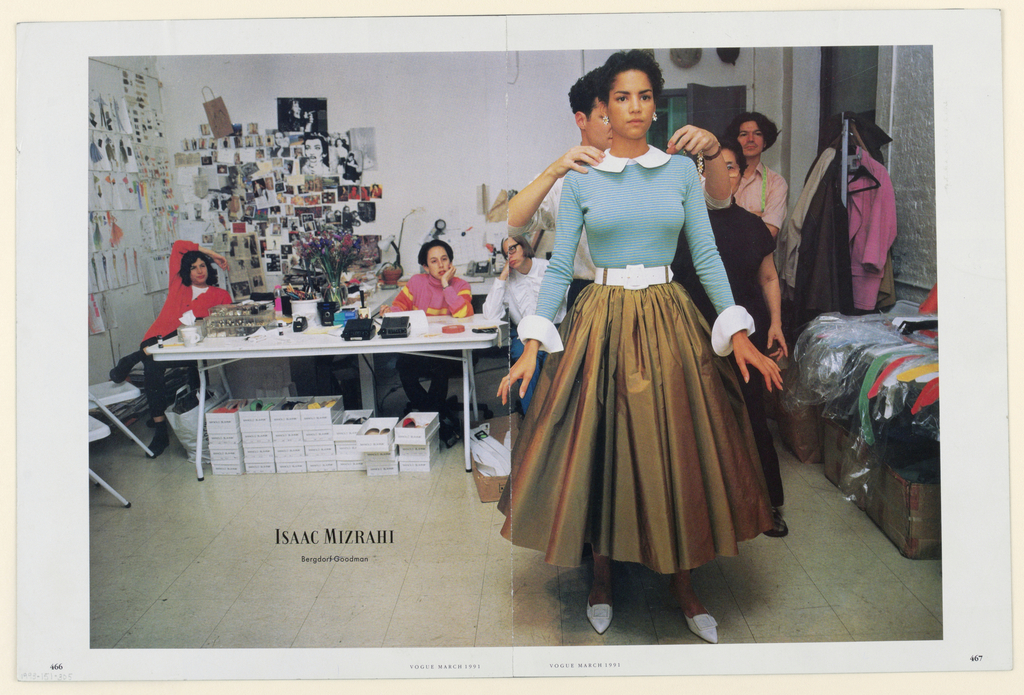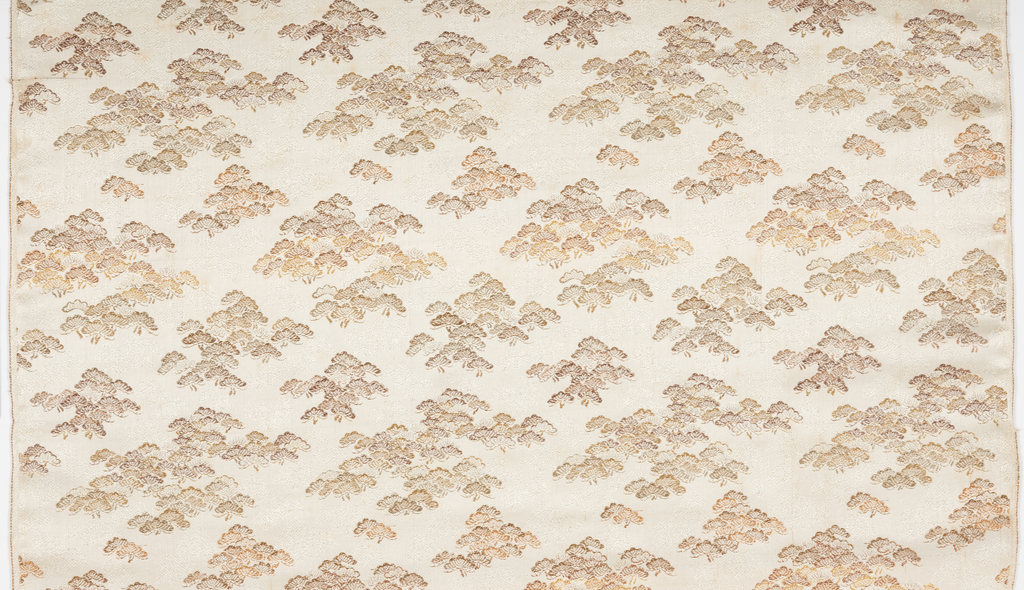American designer Willi Smith (1948-1987) hoped to solve what he called “the problem of getting dressed,” or the disconnect between fashion and diverse lifestyles, by using affordable, adaptable clothing as a tool to liberate people from stereotypes of race, class, sex, and gender. Smith’s brand WilliWear relied on collaborations with artists like Bill T. Jones,...
How can an archive draw a map through a nearly forgotten designer’s four-decade long career? How can an 8 x 10 inch fabric swatch embody a design era, from material choices to color palette? What role can invoices and order books play in filling in key gaps and bringing that era to life? Designer Dorothy...
ARAB FASHION AND IDENTITY The Contemporary Muslim Fashions exhibition showcases the diversity of Arab and Muslim fashion styles and highlights Arab participation in the global and regional fashion industry. Join Cooper Hewitt for an engaging discussion about fashion and identity in the Arab world and diaspora, moderated by consulting exhibition curator Reina Lewis. Panelists include...
Marie Antoinette and her entourage of costumers were obsessed with discovering the latest fashion trends in clothing, accessories and hairstyles. Despite the predominance and popularity of French fashion trends in the eighteenth century, the scarcity of printed fashion news and illustrations led to the publications of the first fashion plates in early British magazines for...
Inspired by the popularity of their printed series of fabrics entitled American National Parks (Spring 1927) and Wonder Caves of America (Fall 1927), H.R. Mallinson & Company maintained their creative momentum by returning to other American themes first visited during the “Designed in America” campaigns of the World War I period. Motivation also came from...
Author: Lila Stone In celebration of the third annual New York Textile Month, members of the Textile Society of America will author Object of the Day for the month of September. A non-profit professional organization of scholars, educators, and artists in the field of textiles, TSA provides an international forum for the exchange and dissemination...
Akira Minagawa opened his first minä perhonen fashion boutique in Tokyo’s Shirokanedai district in 2000, and began showing his collections in Paris in 2004. Forest Parade, introduced as part of the Spring/Summer 2005 collection, has become an iconic design for the brand. “Perhonen” means butterfly in Finnish, and this design includes butterflies, birds, flowers, branches,...
George Barbier’s Au Jardin des Hespérides (Garden of the Hesperides) appeared in 1913 in Gazette du Bon Ton. Translated as the “Journal for Good Taste,” it was intended for an elite readership concerned with high-society culture and entertainment, as well as the latest developments in fashion and beauty. The publication was led by the publishing...
This festive little perfume bottle embodies the creative genius of French couturier Lucien Lelong, active between 1919, when he opened his first couture house, and 1948, the year he retired. Lelong was influential in shaping the world of haute couture throughout much of the twentieth century. Among his contemporaries were Chanel, Worth, Patou, Lanvin and...
In celebration of The Senses: Design Beyond Vision, this Object of the Day post takes a multisensory approach to an object in Cooper Hewitt’s permanent collection. Jelly candies in the form of fruit? Toys for children? Miniatures? This whimsical and colorful object is actually a button made of celluloid plastic. In an open-topped crate, a...
In celebration of our new exhibition The Senses: Design Beyond Vision, this Object of the Day post explores the multisensory experience of an object in Cooper Hewitt’s permanent collection. The name of Lucien Lelong unquestionably conjures up the luxurious world of French fashion. Born in Paris as the son of a textile shop owner, Lelong...
Small and charming, this dance purse epitomizes both radical changes regarding women’s independence as well as the Art Deco style. The 1920s saw a shift in women’s behavior as they gained freedom after attaining the right to vote and the ability to become self-reliant, holding jobs and earning their own income. This freedom saw women...
This Object of the Day celebrates one of many treasured objects given by Clare and Eugene V. Thaw to Cooper Hewitt, Smithsonian Design Museum. It is published here in memory of Eugene V. Thaw. Click on this link to read more about the Thaws and their gifts to Cooper Hewitt. The popularity of boldly-decorated faience must be...
“I was in my early 20s and I could quite happily work all day and go out all night. And I always had a camera with me.” –Nick Waplington, 2016 British Photographer Nick Waplington (b. 1965) was a student of the Royal Academy of Art when he was “discovered” by renowned fashion photographer, Richard Avedon. Throughout his...
This Japanese fabric was produced for a maru obi, the most formal of obi for women. Maru obi cloth is typically woven in widths of twenty-five to twenty-six inches—about double the width of more casual styles of obi. The cloth is folded around a stiff lining and stitched together along the selvedges. It is bulky,...

